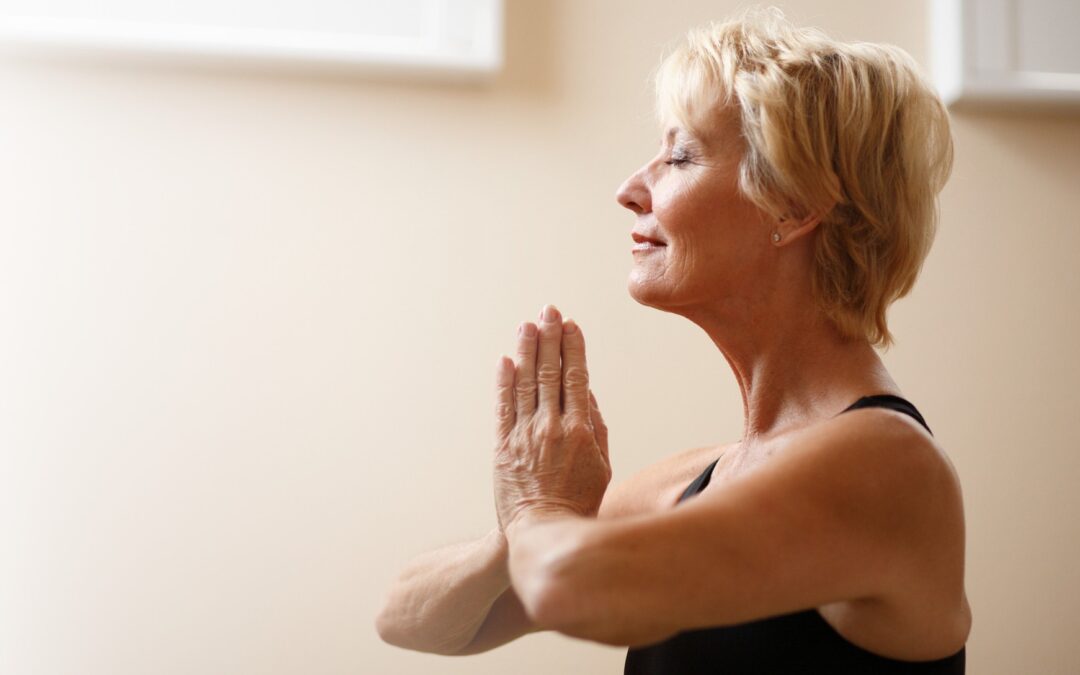Mental Health and Physical Activity: What is the connection?
By, Sarah Price
Have you ever felt grouchy, tired, or stressed out, then exercised and felt 100x better? Yep, we’ve all been there! There’s just something about working out, in any form, that makes you feel better. But what is that “thing” that makes you feel better during and after a workout? ENDORPHINS!
Endorphins are chemicals released by the body to relieve stress and pain. They are often called “feel-good” chemicals because they can act as a pain reliver and happiness-booster. The greatest thing is that we have the power and ability to boost the production of endorphins by doing something as simple as exercising which, in turn, helps to enhance our mood and energize our spirits.
Regular exercise can help with depression, stress, and anxiety. Exercise is a powerful depression fighter for several reasons. It promotes changes in the brain, including neural growth, reduced inflammation, and new activity patterns that promote feelings of calm and well-being. Exercise can also serve as a distraction, allowing you to focus on something positive to help break out of the cycle of negative thoughts that feed depression.
When we experience stress, our muscles may be tense, especially in the face, neck, and shoulders, which may cause back and neck pain, or painful headaches. The worry and discomfort of these physical symptoms can lead to even more stress, creating a vicious cycle between the mind and body. Exercising is an effective way to break this cycle. As well as releasing endorphins in the brain, physical activity helps to relax the muscles and relieve tension in the body. Since the body and mind are so closely linked, when your body feels better so will your mind. Additionally, exercise can help protect your body from harmful effects of stress by creating positive effects in the body such as improved cardiovascular, digestive, and immune system responses.
Exercise is also a natural anti-anxiety treatment. It relieves tension and stress, boosts physical and mental energy, and enhances well-being through the release of endorphins. Anything that gets you moving can help, but the trick is to pay attention instead of zoning out.
According to HelpGuide.org, “try to notice the sensation of your feet hitting the ground, for example, or the rhythm of your breathing, or the feeling of the wind on your skin. By adding this mindfulness element—really focusing on your body and how it feels as you exercise—you’ll not only improve your physical condition faster, but you may also be able to interrupt the flow of constant worries running through your head.”
Endorphins, enhanced mood, and reduced stress paired with a workout buddy or fitness class to keep you accountable and motivated will help with overall mental health. And a happier-you means more self-love! Let’s keep that cycle going!
Sarah Price is the Director of Group Exercise at Timberhill Athletic Club. She has a Bachelor of Arts in Liberal Studies with an emphasis in Special Education for individuals with moderate to severe disabilities. Sarah is a certified Primary Group Exercise Instructor through the Athletics and Fitness Association of America (AFAA), in addition to maintaining certifications in Spinning®, MOSSA, High Intensity Interval Training, and SilverSneakers®.



Recent Comments